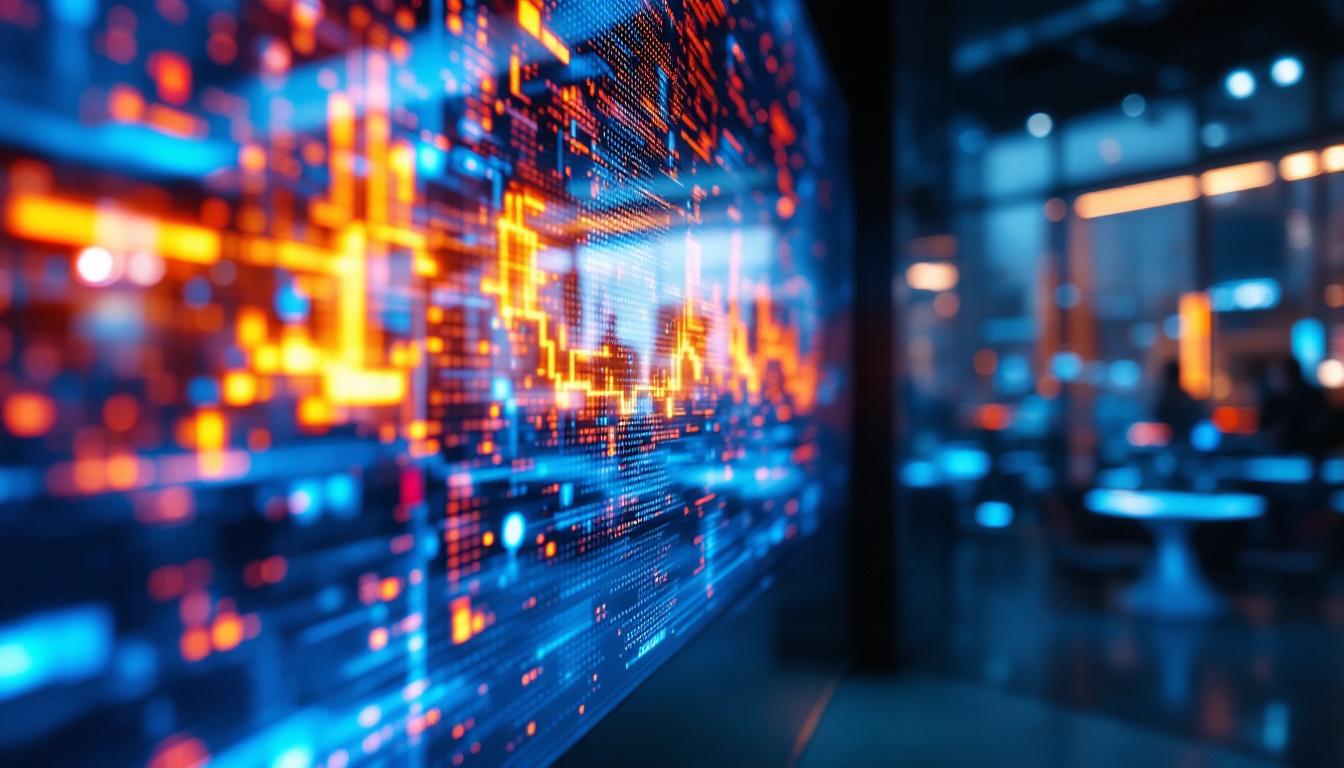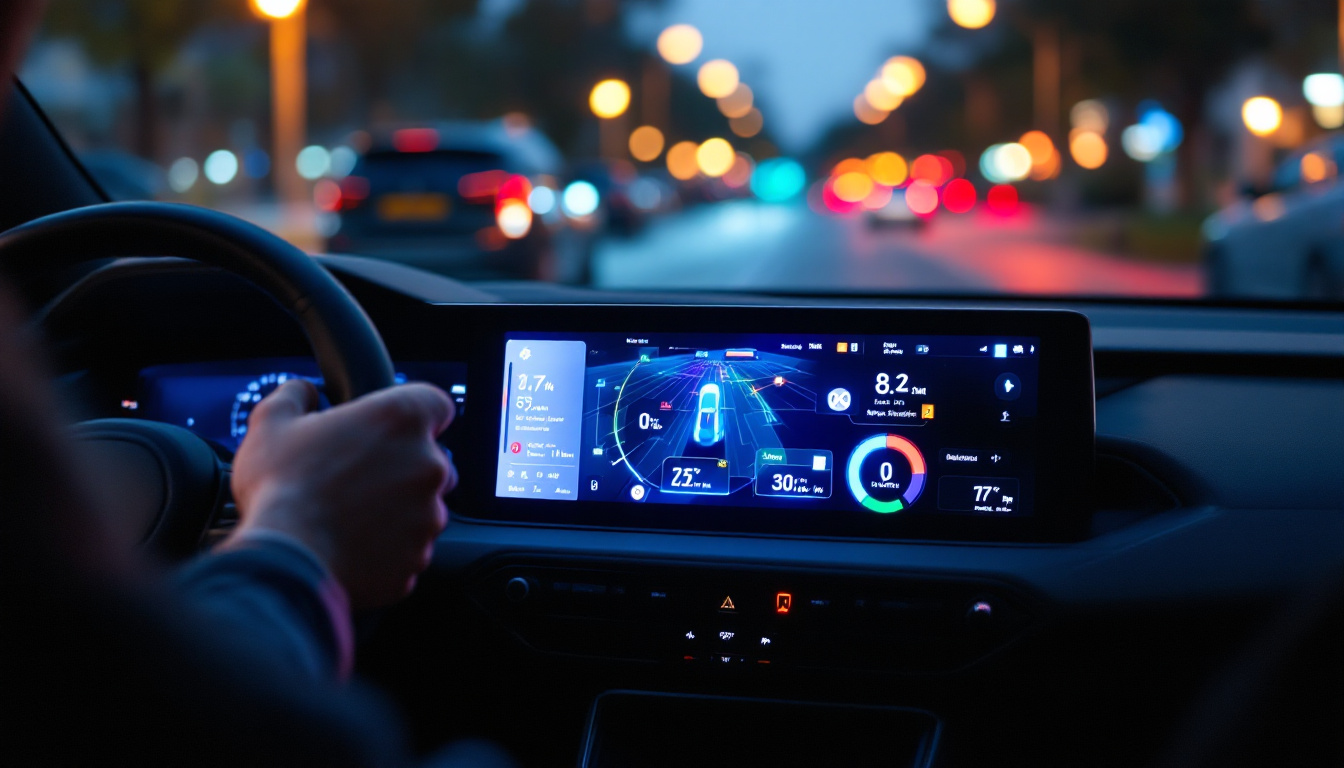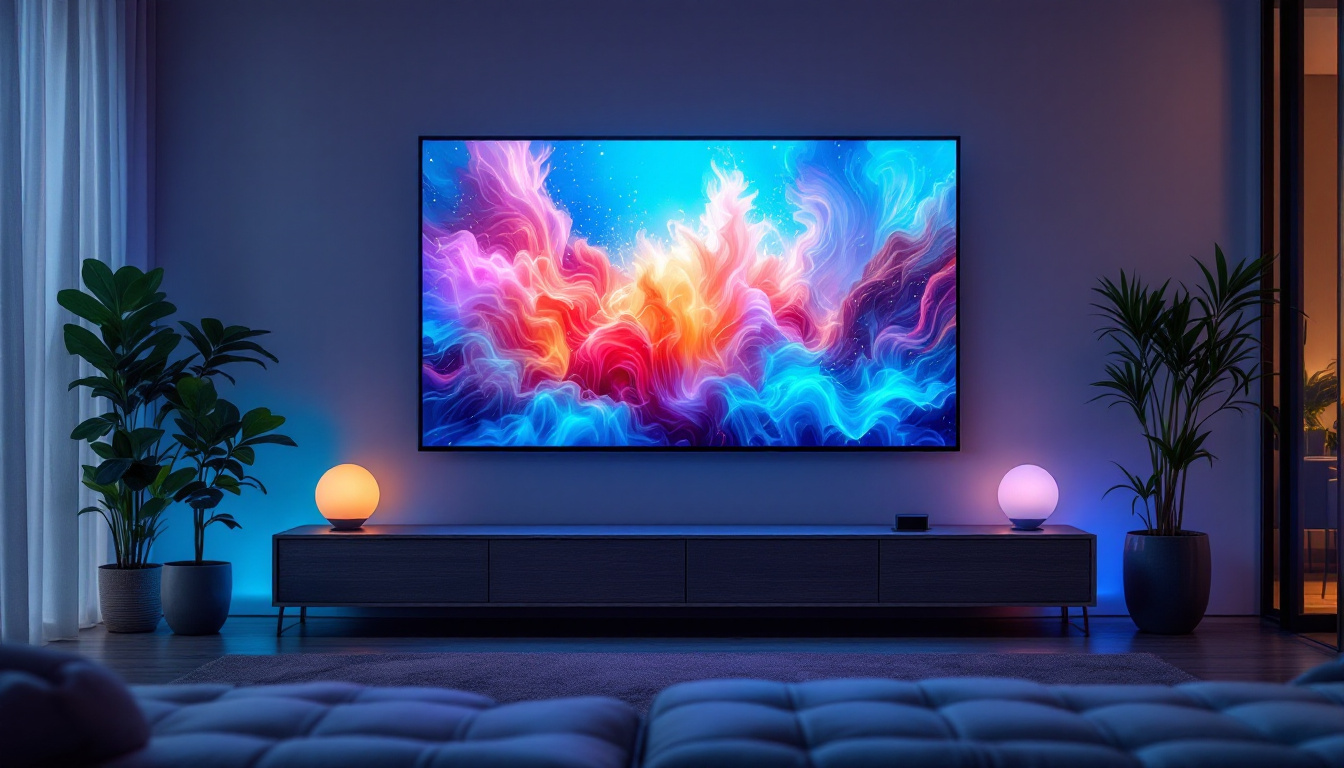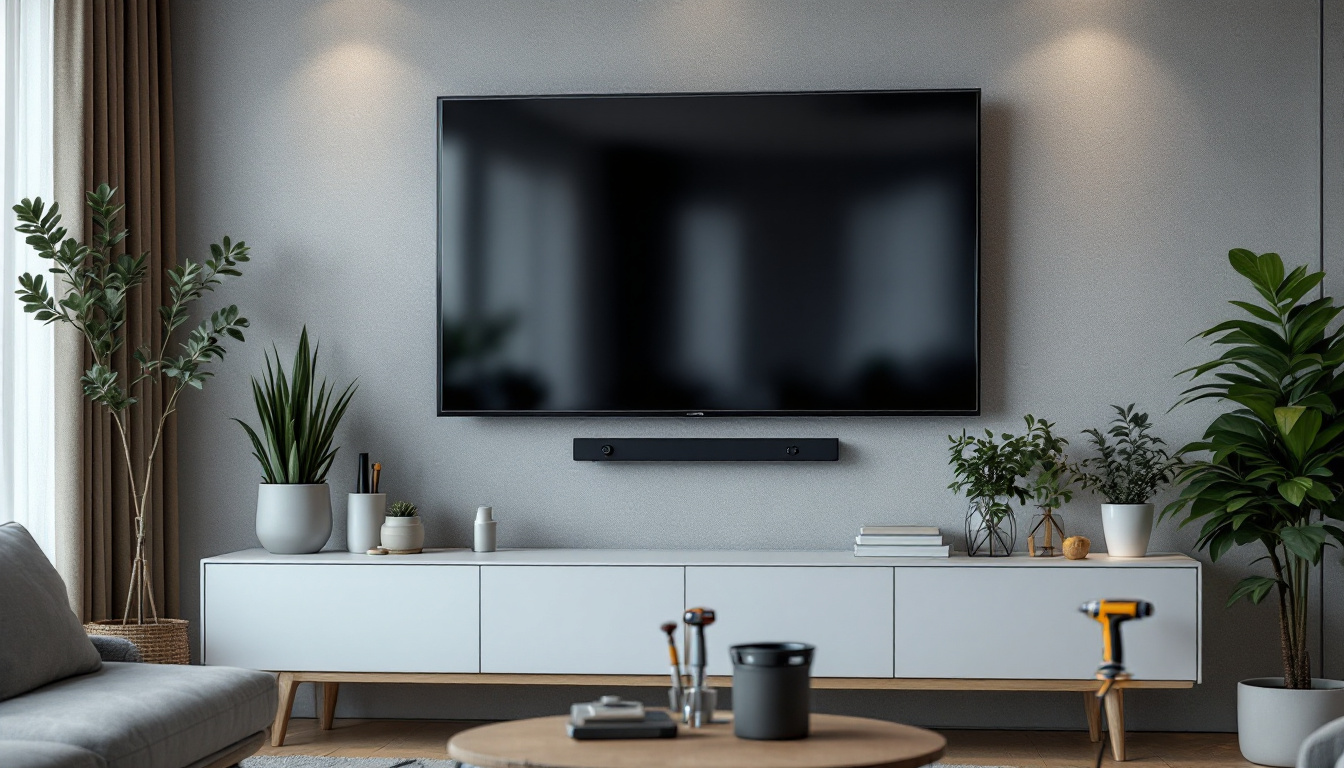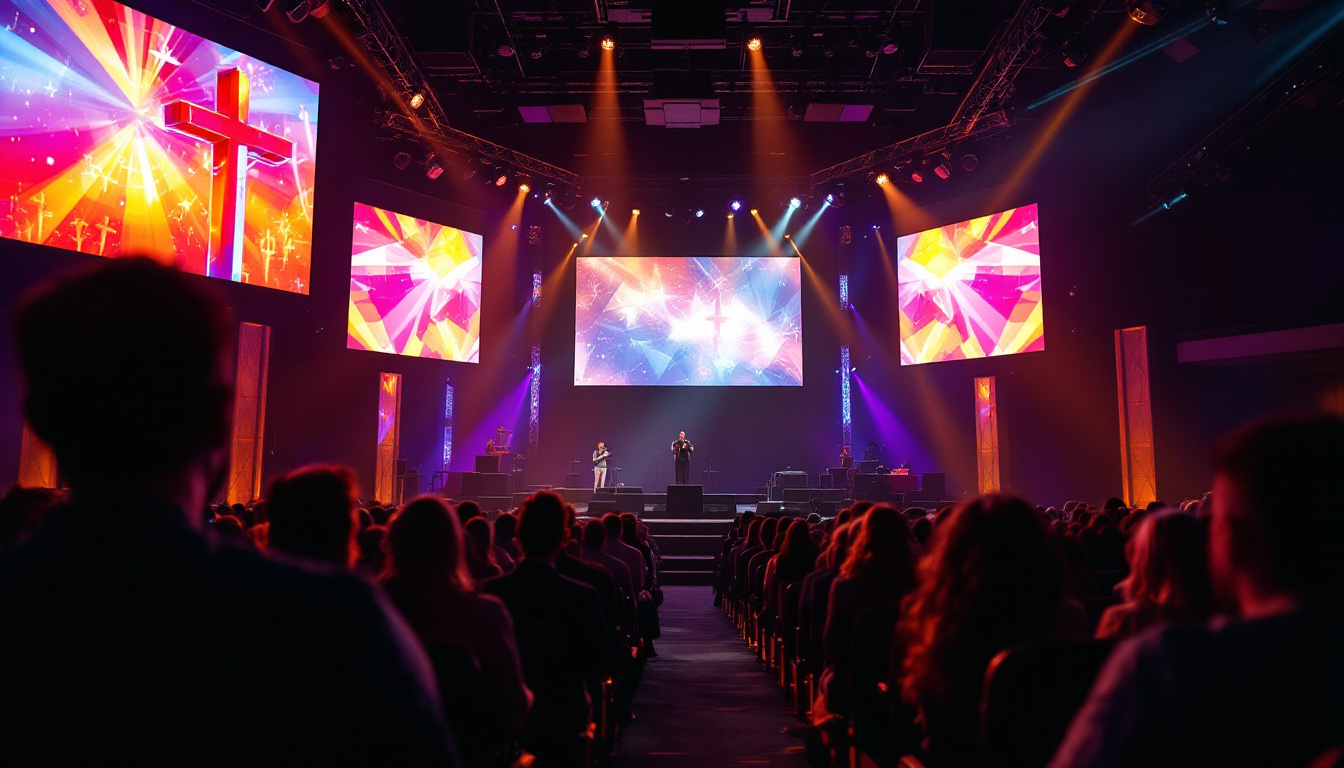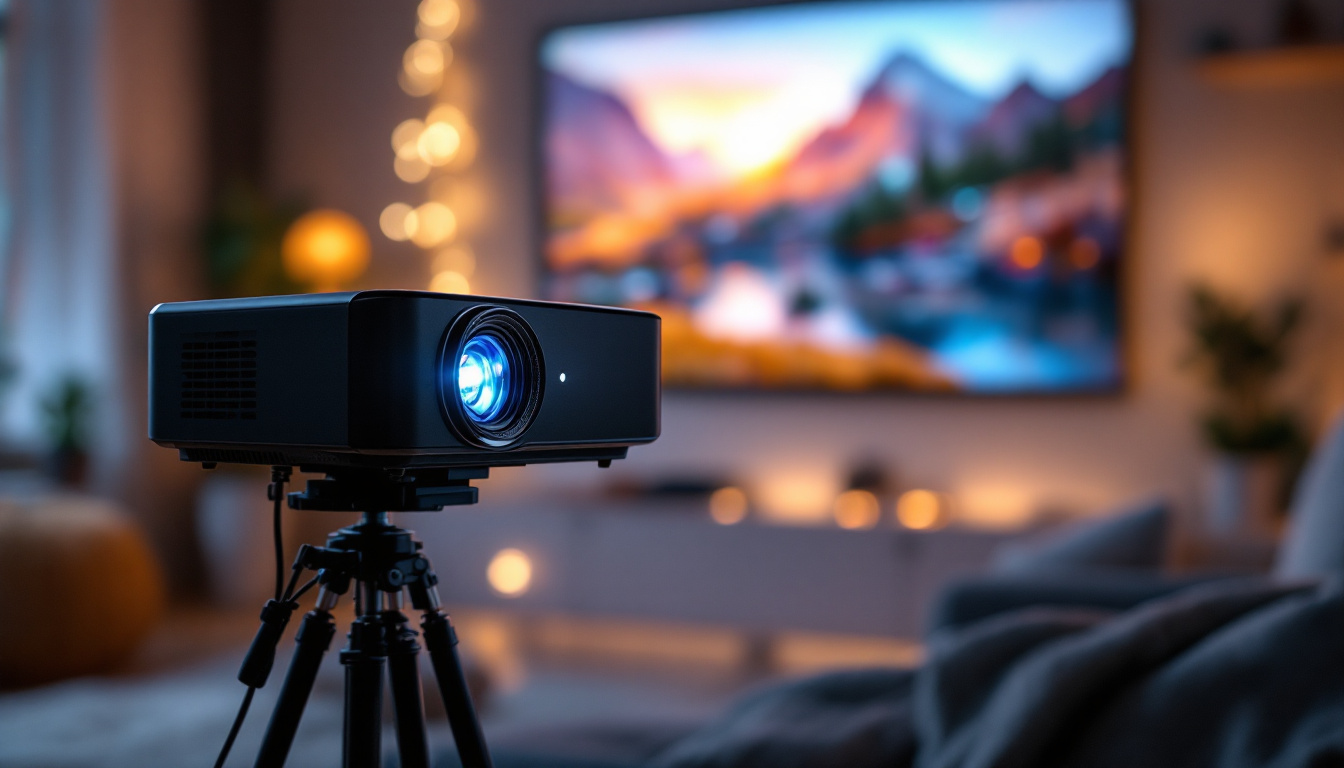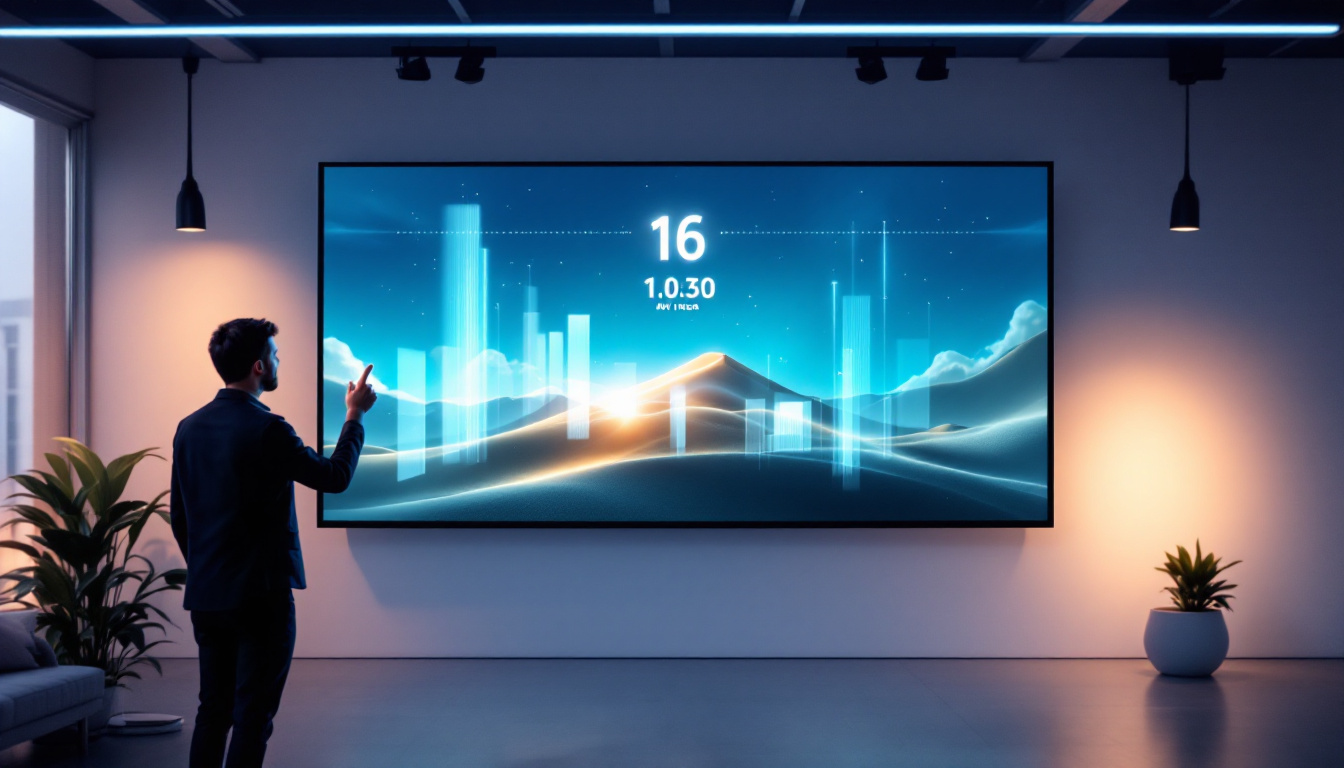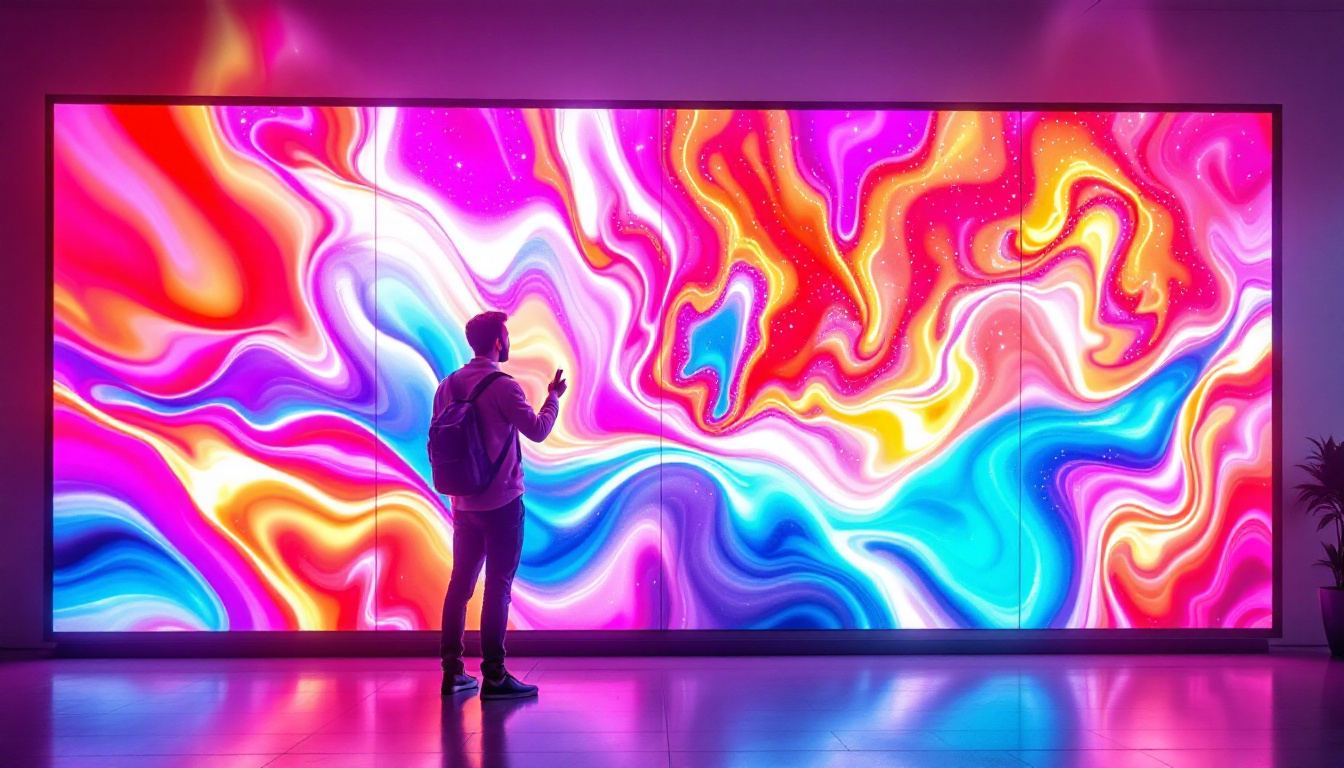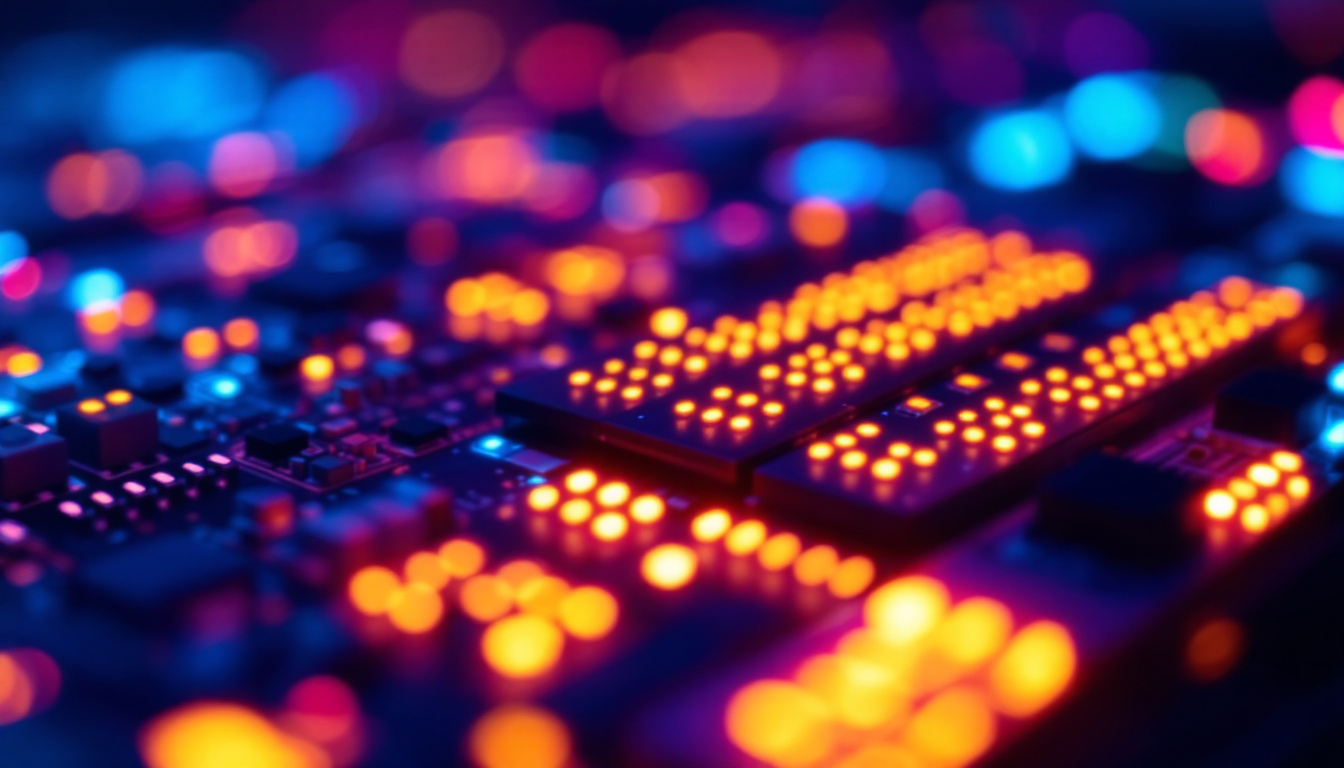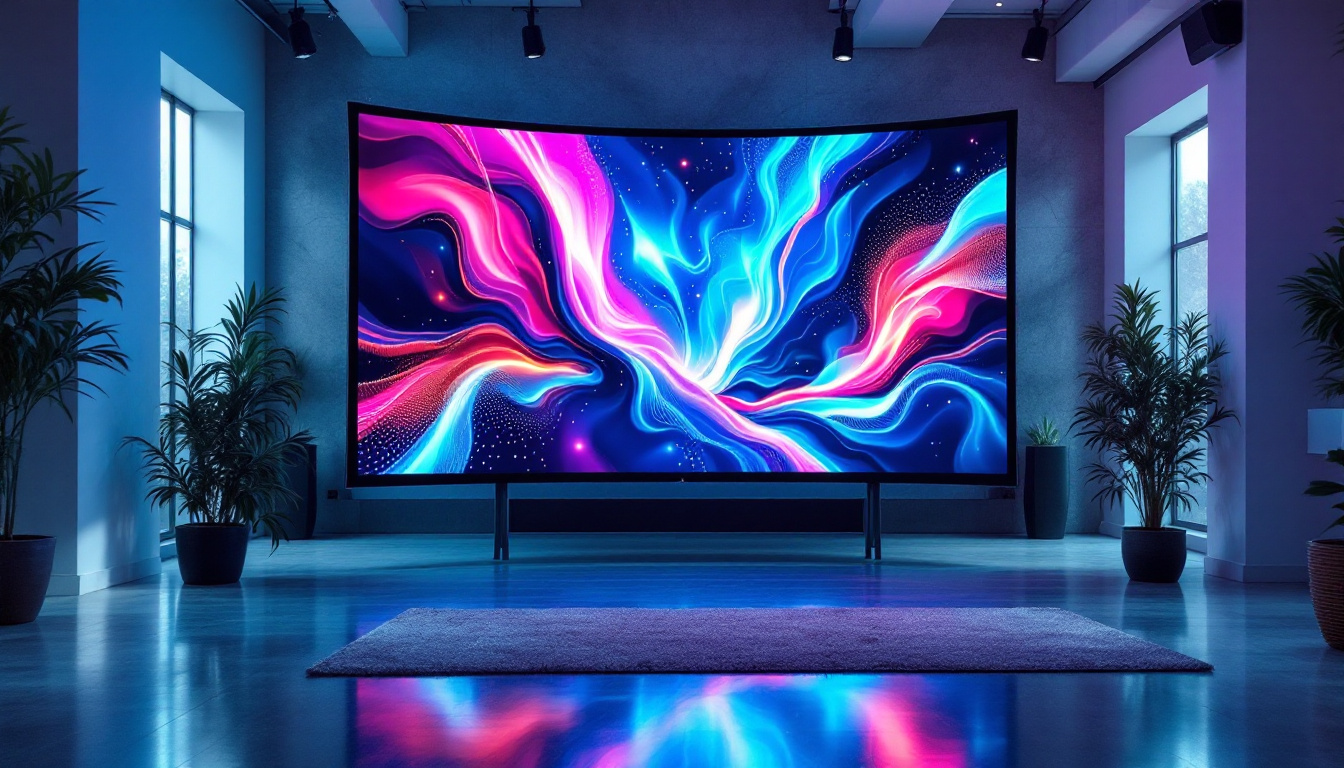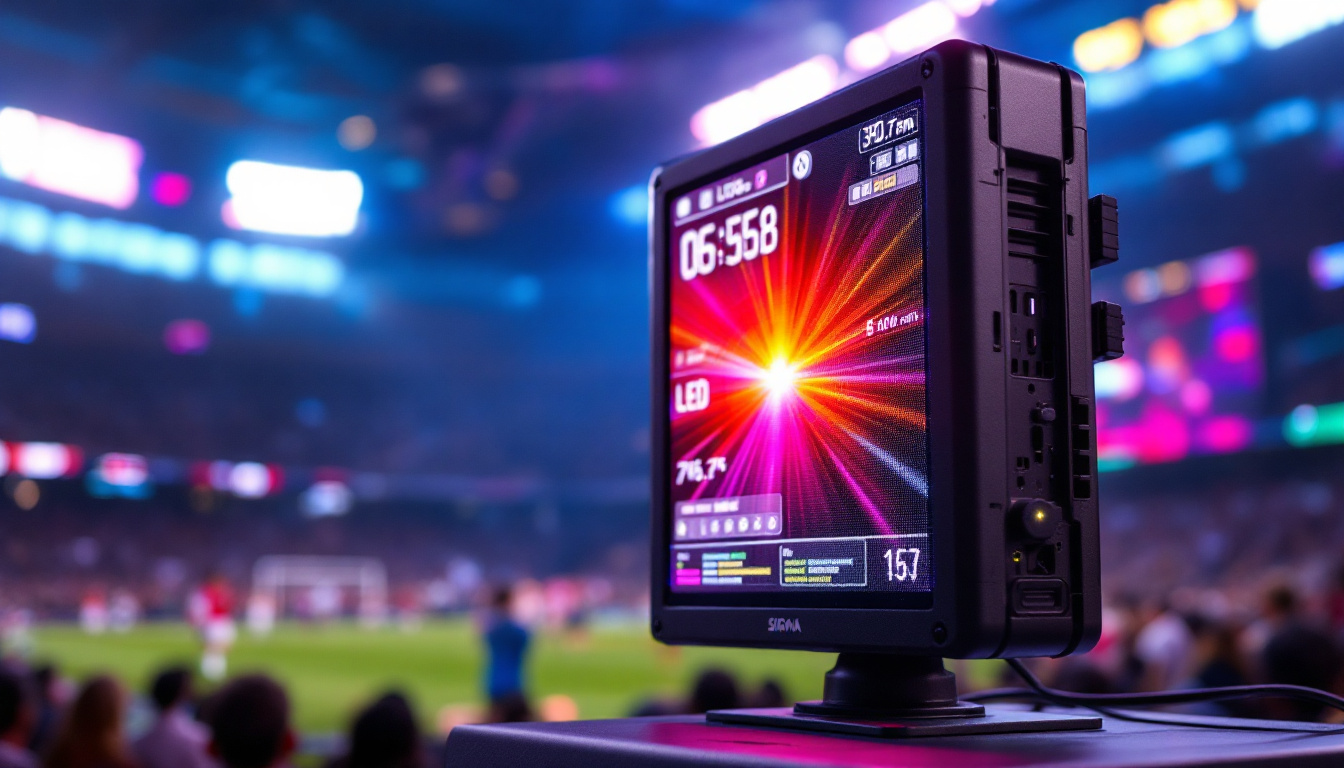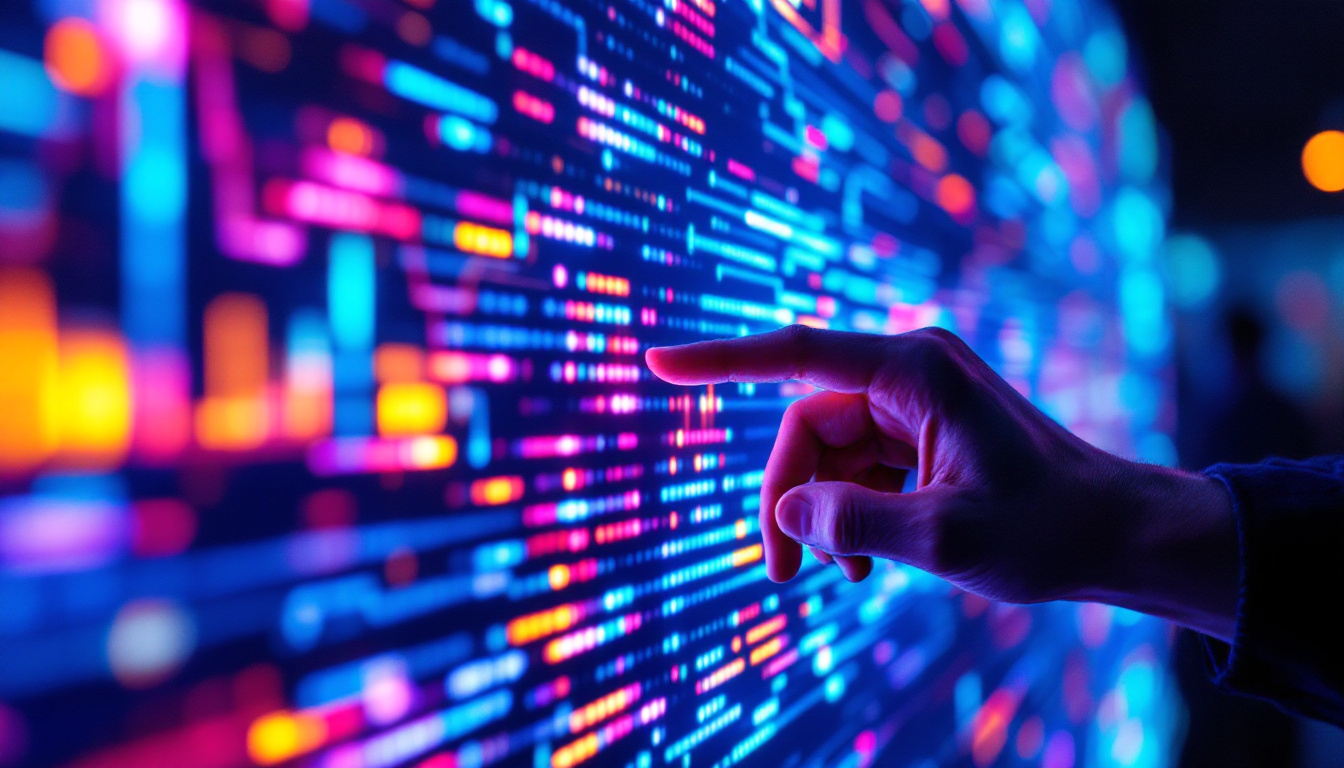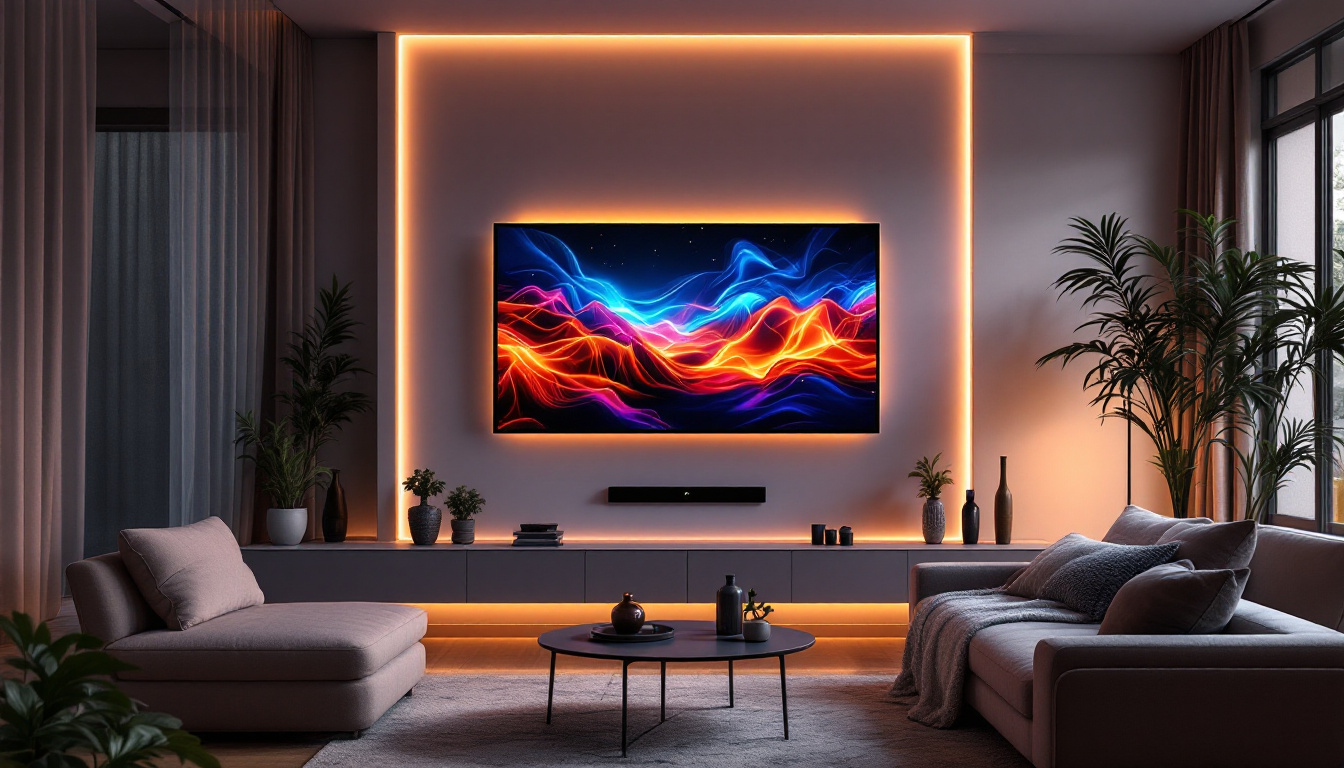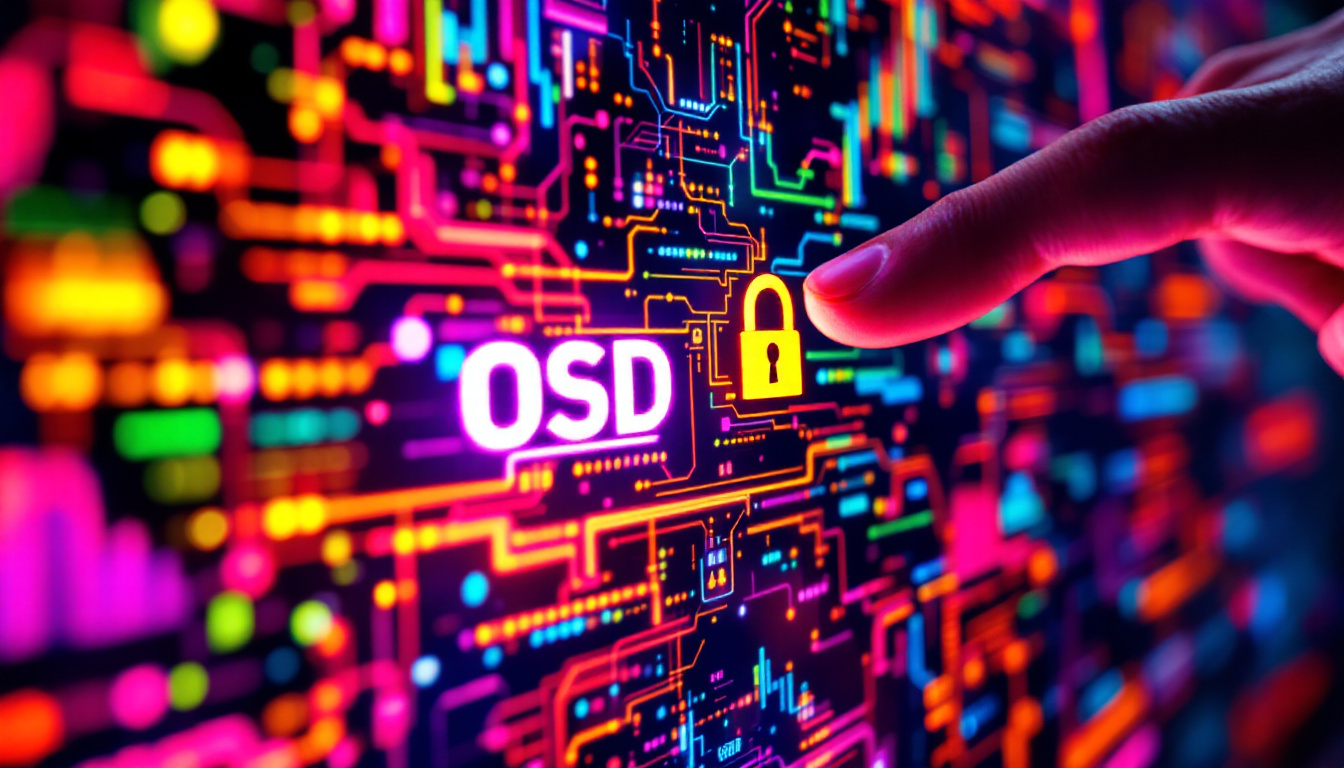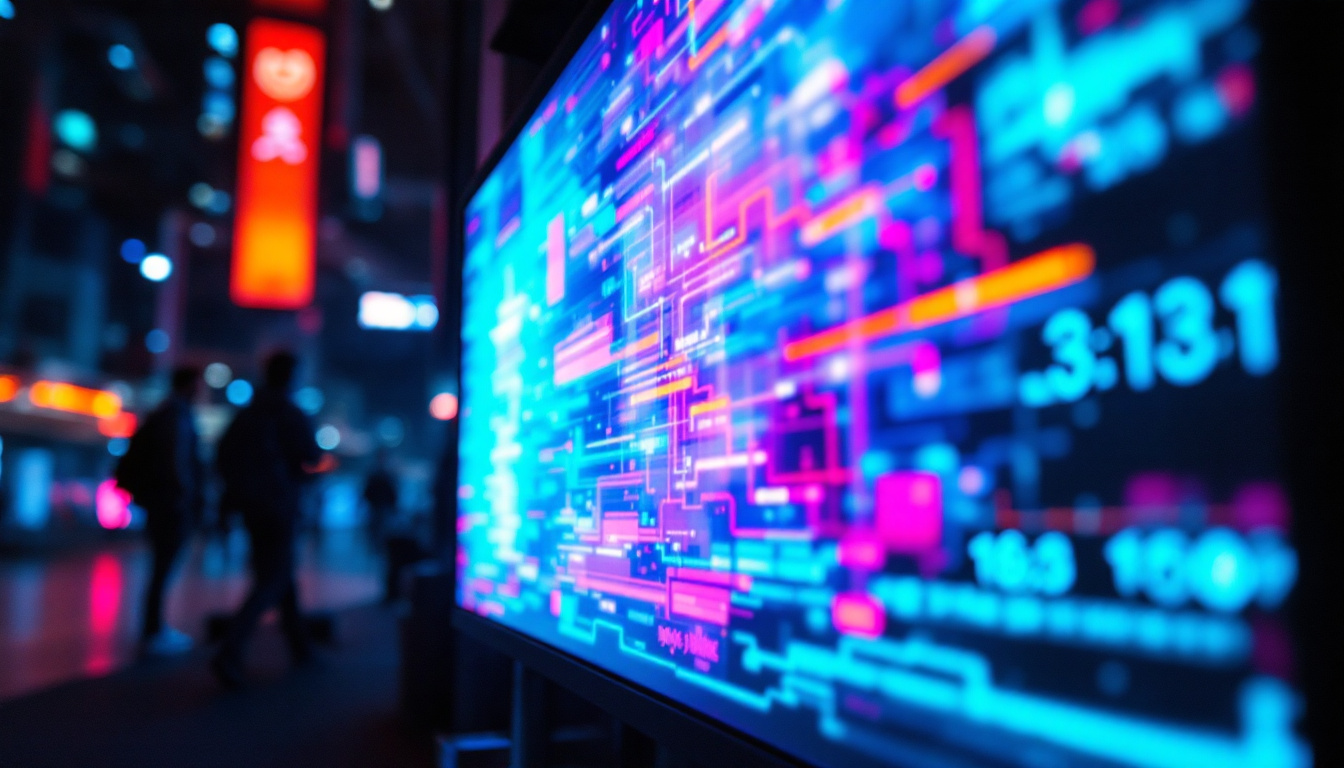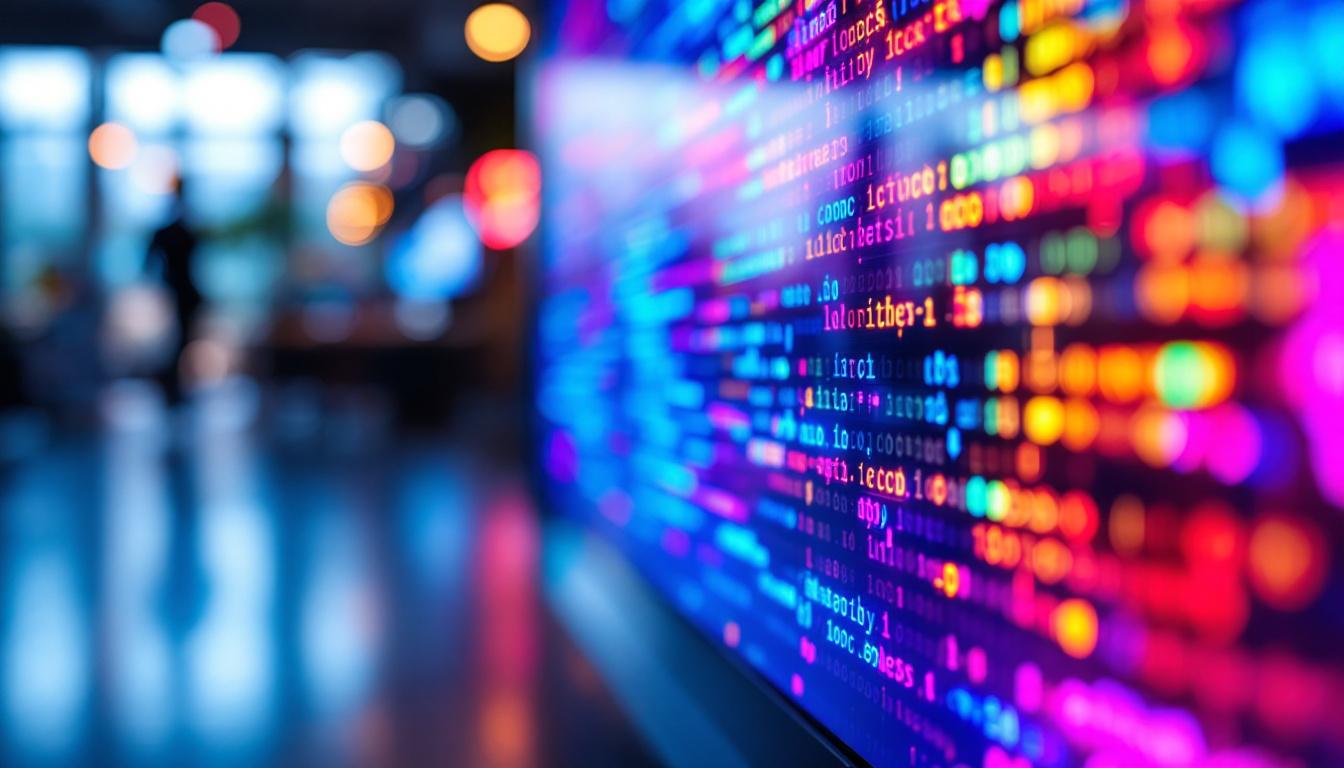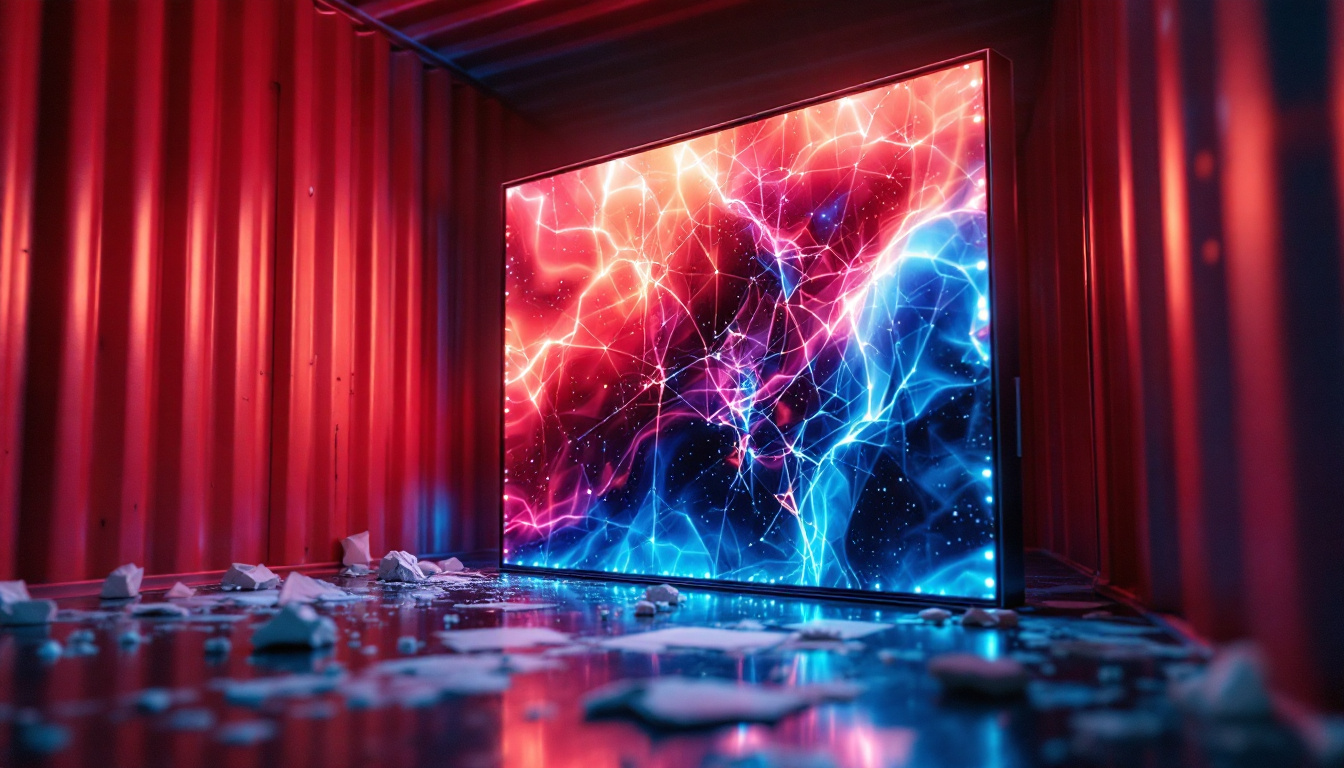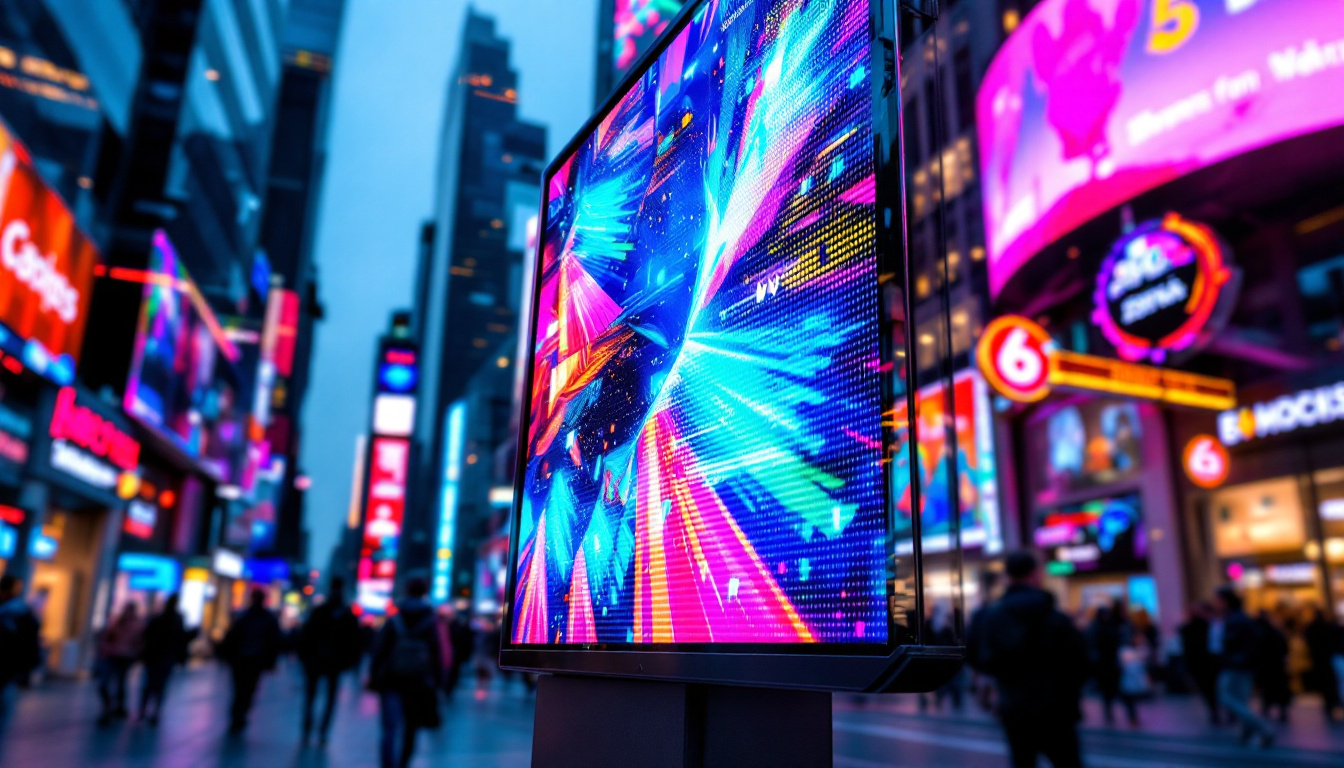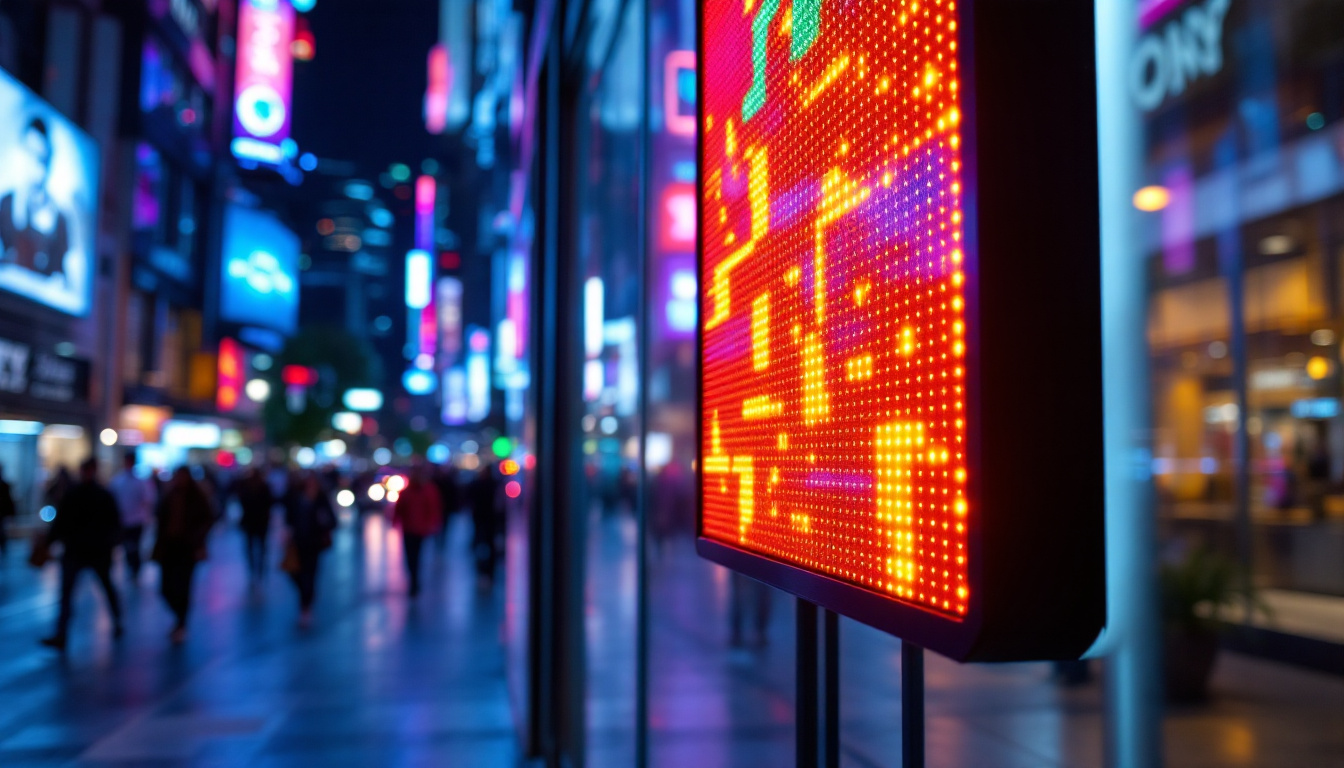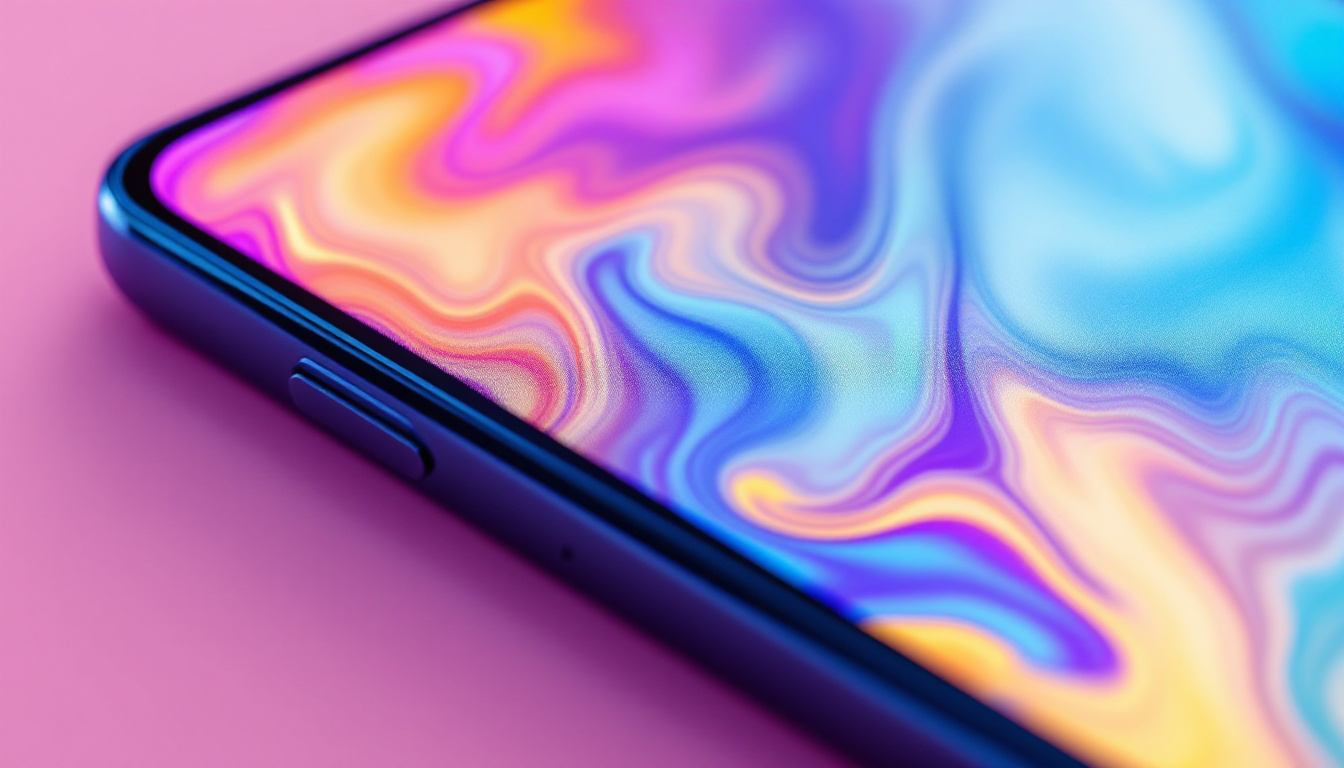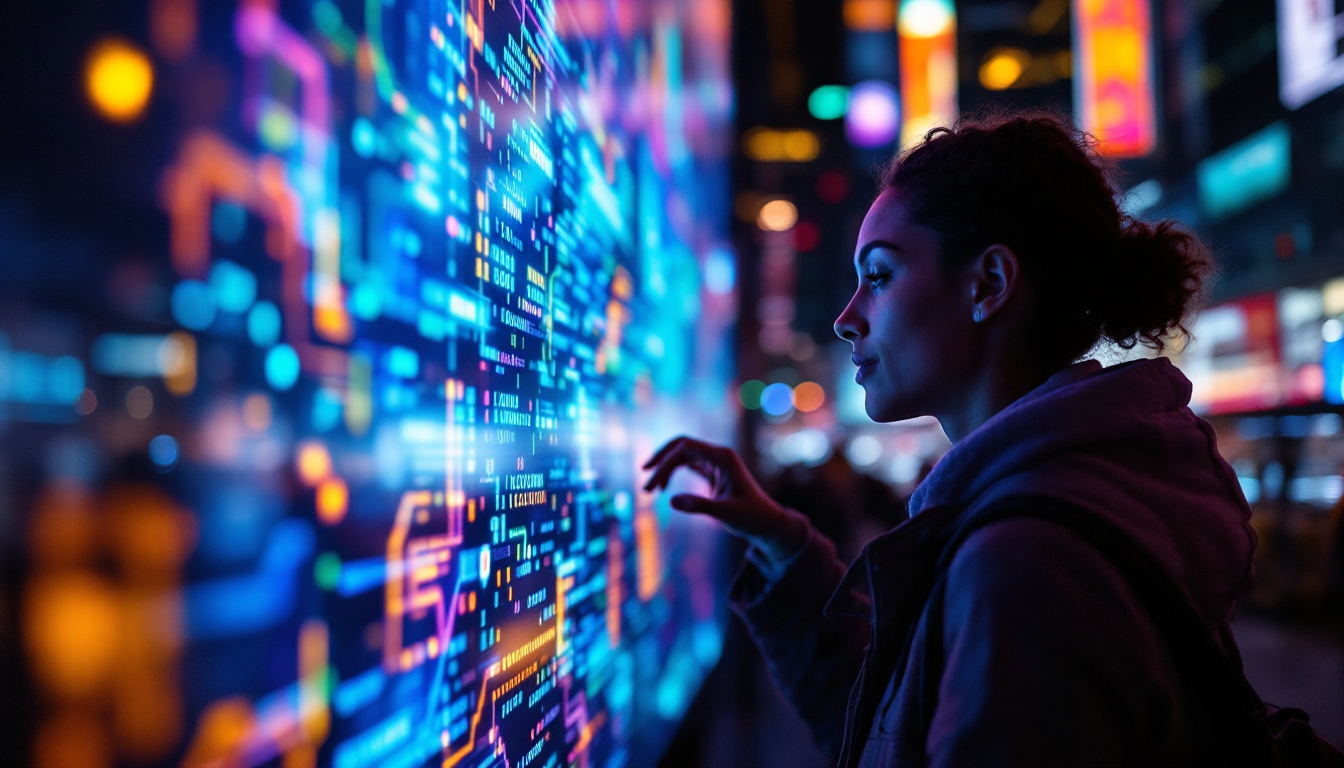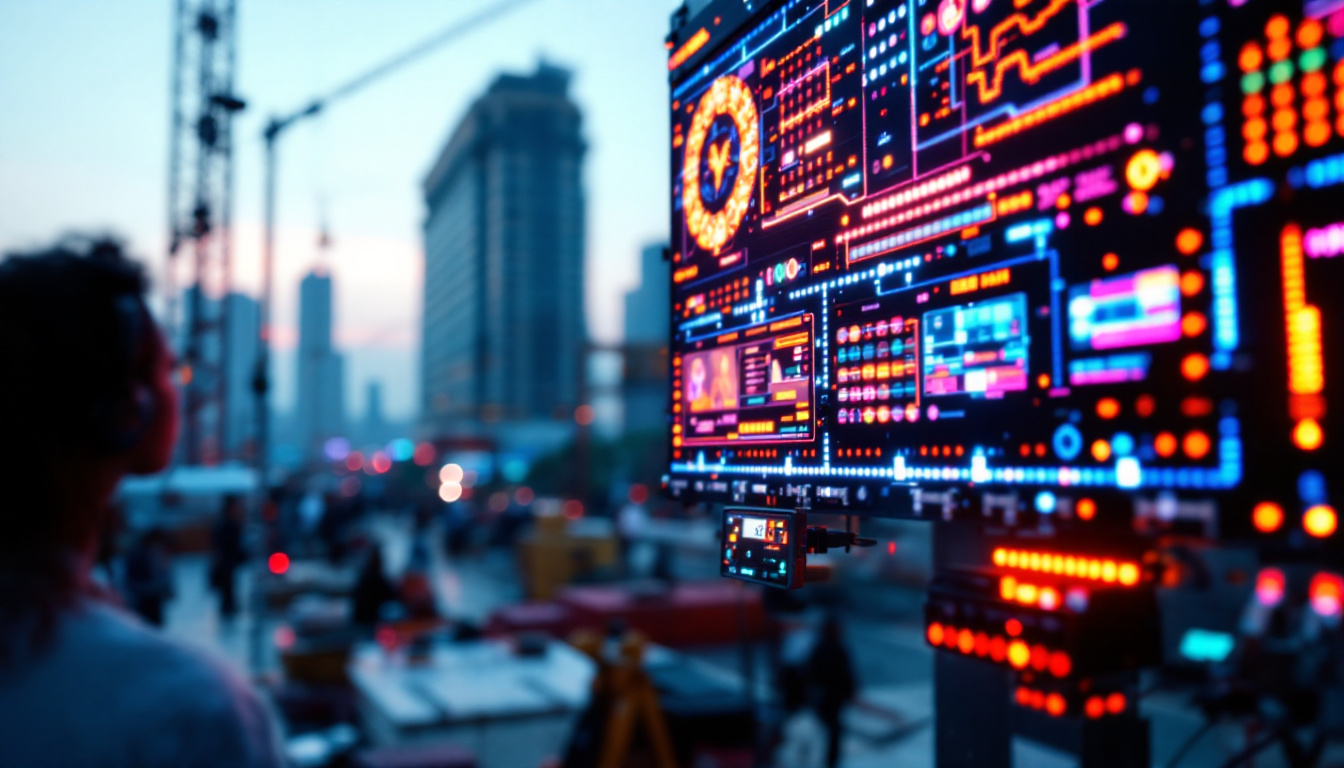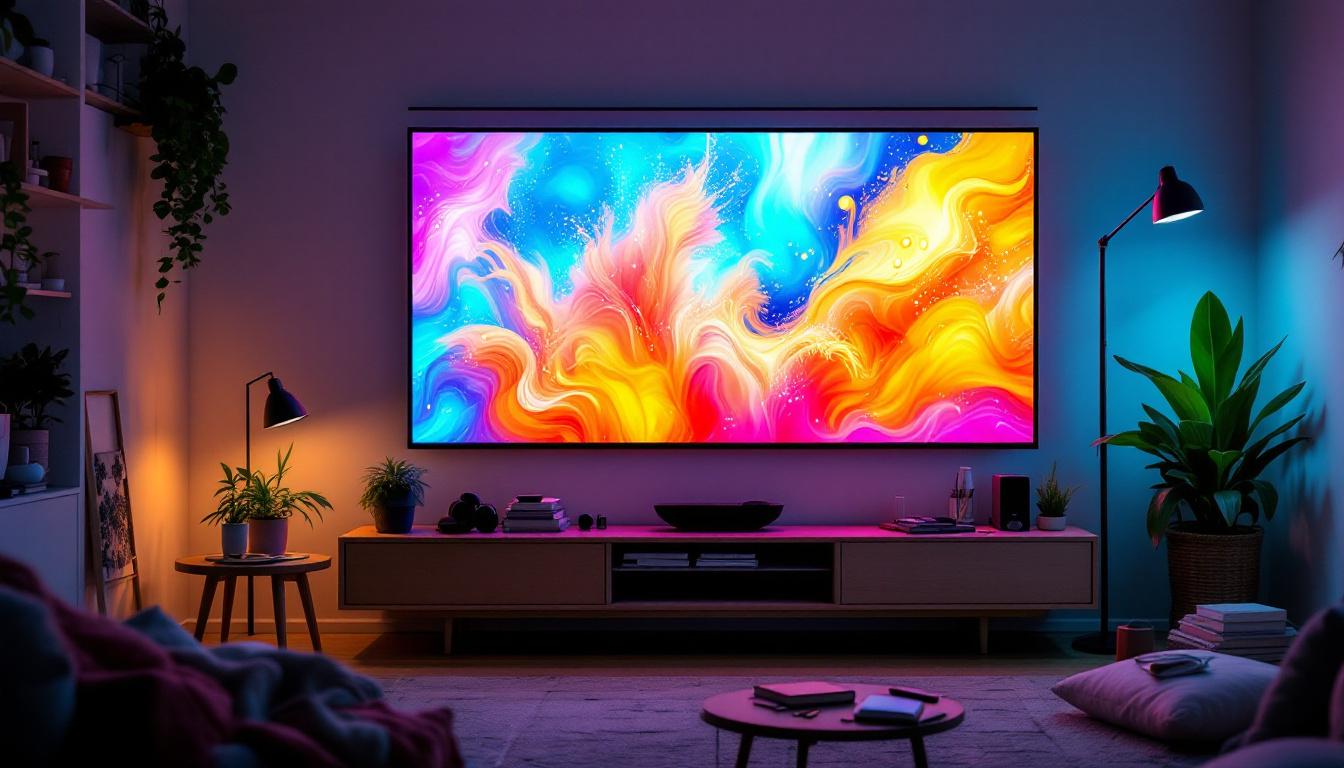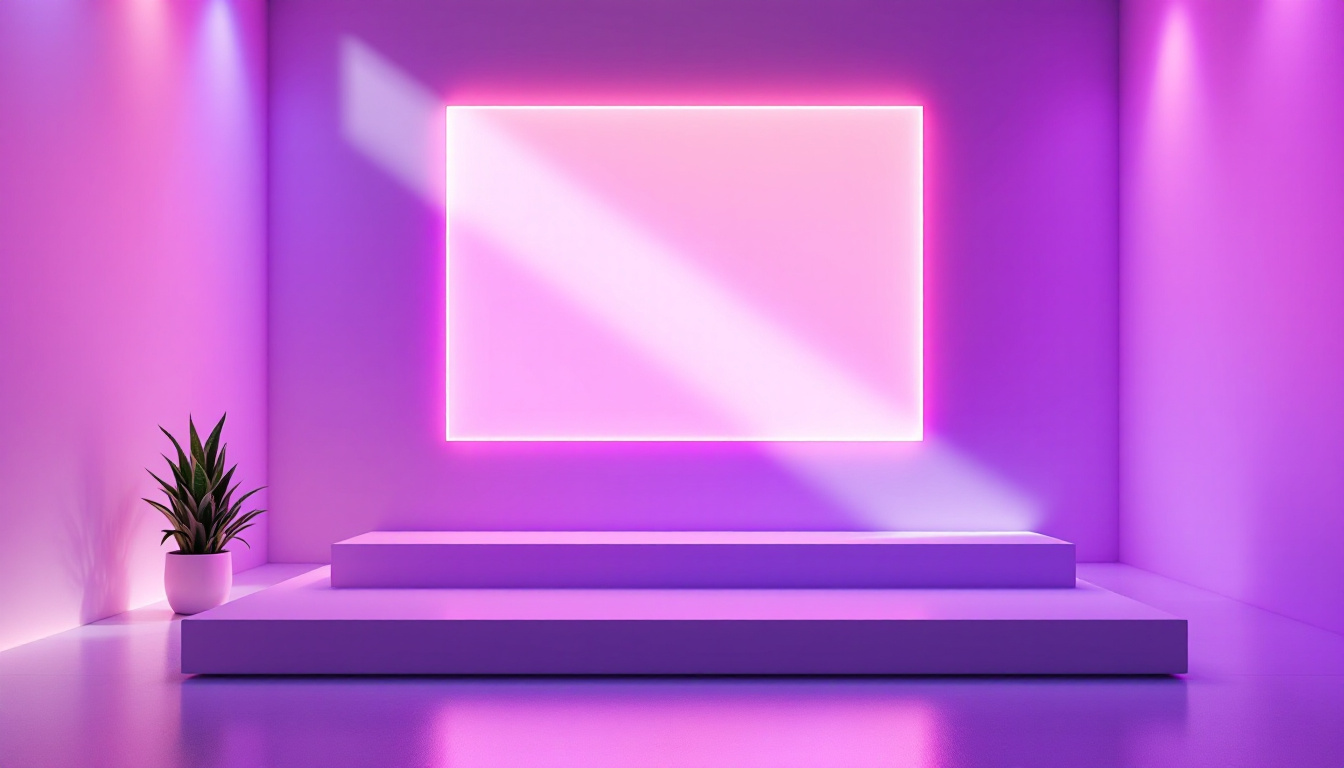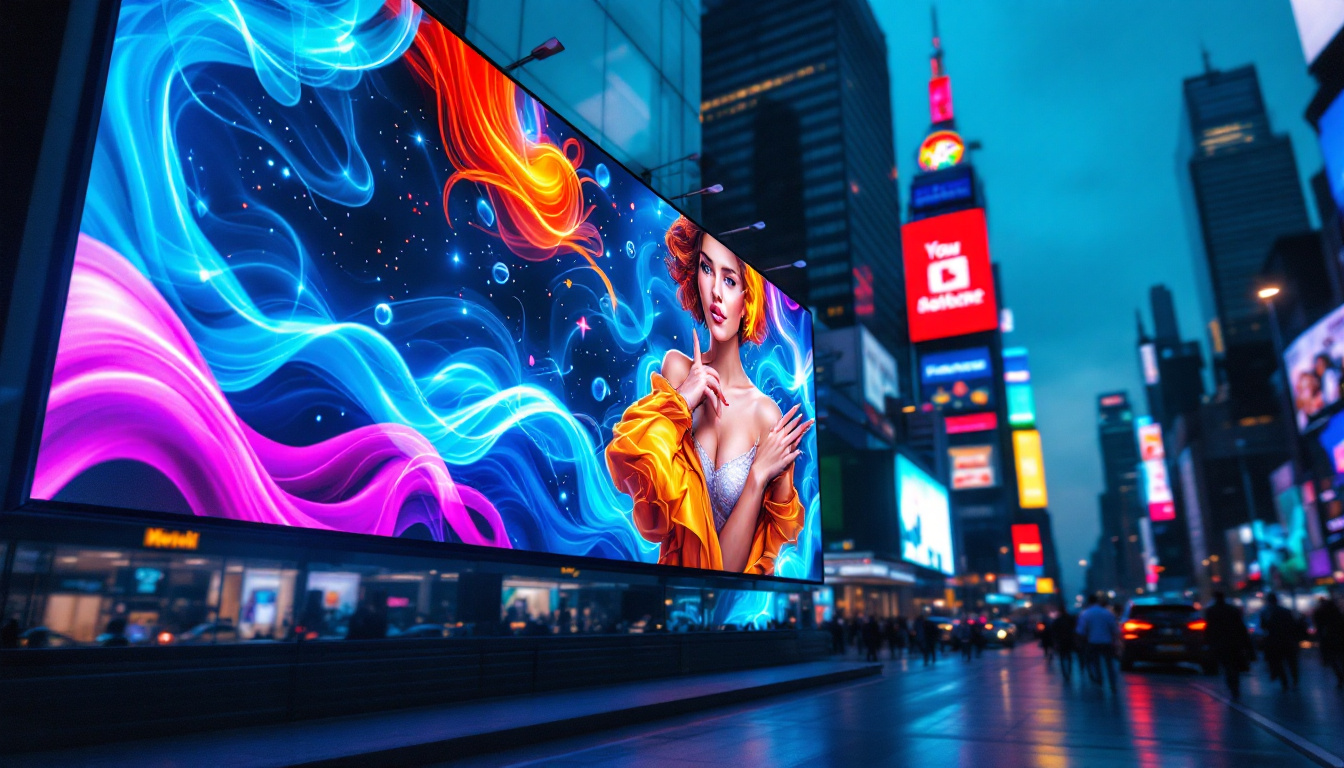In the world of modern lighting and displays, the term “LED” is ubiquitous. From household bulbs to massive advertising screens, LED technology has revolutionized how we illuminate spaces and convey information. But what exactly does LED stand for, and how does it work? This article delves into the meaning of LED, its applications, and the technology behind LED displays.
Understanding LED: The Basics
LED stands for Light Emitting Diode. It is a semiconductor device that emits light when an electric current passes through it. Unlike traditional incandescent bulbs, which produce light by heating a filament, LEDs generate light through electroluminescence, a process that occurs when electrons recombine with holes in a semiconductor material.
The Science Behind LEDs
The core of an LED is a chip made from a combination of materials known as semiconductors. These materials are typically composed of elements from groups III and V of the periodic table, such as gallium, arsenic, and phosphorus. When electricity flows through the semiconductor, electrons move and release energy in the form of photons, which is visible light.
This process is highly efficient, allowing LEDs to produce more light with less energy compared to traditional lighting methods. As a result, they have become a popular choice for various applications, from residential lighting to large-scale displays. The longevity of LEDs is another significant advantage; they can last up to 25,000 hours or more, which is substantially longer than incandescent bulbs, making them a cost-effective solution in the long run.
Types of LEDs
LEDs come in various types, each suited for specific applications. Some common types include:
- Standard LEDs: These are used for indicator lights and simple displays.
- High-Power LEDs: Designed for applications requiring more light output, such as street lighting and automotive headlights.
- RGB LEDs: Capable of producing a wide range of colors by combining red, green, and blue light.
In addition to these, there are also specialized LEDs such as UV LEDs, which emit ultraviolet light and are used in applications ranging from sterilization to curing inks and adhesives. Furthermore, there are also flexible LEDs, which can be bent and shaped to fit various designs, making them ideal for creative lighting solutions in architecture and interior design. The versatility of LEDs continues to expand as technology advances, leading to innovative uses in fields like horticulture, where specific wavelengths of light can enhance plant growth and yield.
The Evolution of LED Technology
The journey of LED technology began in the early 20th century, with the first visible-spectrum LED being developed in 1962. Since then, significant advancements have been made, leading to the widespread adoption of LEDs in various sectors.
Early Developments
Initially, LEDs were limited to red light and were primarily used in electronic devices as indicator lights. The introduction of new materials and manufacturing techniques allowed for the development of LEDs in other colors, including green and yellow, expanding their applications. As the technology matured, researchers began experimenting with different semiconductor materials, which not only enhanced the efficiency of LEDs but also allowed for the production of more vibrant colors. This period saw the emergence of LEDs in displays, such as those found in calculators and digital watches, marking a significant step forward in visual technology.
The Breakthrough of White LEDs
The real game-changer came with the invention of white LEDs in the 1990s. By combining blue LEDs with phosphor coatings, manufacturers could produce white light suitable for general illumination. This innovation paved the way for LEDs to replace traditional incandescent and fluorescent lights in homes and businesses. The energy efficiency of white LEDs was a remarkable selling point, as they consume significantly less power and have a longer lifespan compared to their predecessors. This shift not only reduced electricity bills for consumers but also contributed to a decrease in global energy consumption, making LEDs a cornerstone of modern sustainable practices.
As the demand for energy-efficient lighting solutions grew, so did the research into improving LED technology. Scientists began to explore the potential of organic LEDs (OLEDs), which offer flexibility and the ability to produce light over a larger surface area. This advancement opened up new possibilities in design and architecture, allowing for innovative lighting solutions that were previously unimaginable. Furthermore, the integration of smart technology with LEDs has led to the development of smart lighting systems, which can be controlled remotely and programmed for various settings, enhancing both convenience and energy savings in everyday life.
Applications of LED Technology
LED technology has found its way into numerous applications, transforming industries and improving energy efficiency. Some notable applications include:
Residential Lighting
LED bulbs have become a popular choice for home lighting due to their longevity and energy efficiency. They consume significantly less power than incandescent bulbs and can last up to 25 times longer. This not only reduces electricity bills but also minimizes the frequency of bulb replacements. Furthermore, the variety of colors and styles available allows homeowners to personalize their spaces, enhancing the aesthetic appeal of their interiors. Smart LED bulbs, which can be controlled via smartphone apps or voice commands, have also gained traction, enabling users to set schedules, adjust brightness, and even change colors to suit different moods or occasions.
Commercial and Industrial Use
In commercial settings, LED lighting is used for everything from office spaces to retail environments. The ability to control brightness and color temperature makes LEDs versatile for creating the desired ambiance. Additionally, their low heat output reduces the burden on air conditioning systems, further enhancing energy savings. Many businesses are also leveraging LED technology for task lighting, ensuring that workspaces are adequately illuminated without causing glare or eye strain. This focus on employee comfort and productivity has led to an increase in the adoption of LED solutions in modern office designs, where open spaces and collaborative areas benefit from adjustable lighting options that cater to various activities throughout the day.
Advertising and Signage
LED displays are widely used in advertising and public information systems. Their brightness and clarity make them ideal for outdoor billboards, stadium screens, and traffic signs. The ability to change content quickly and remotely adds to their appeal, allowing businesses to adapt their messaging in real-time. Moreover, the integration of LED technology with digital marketing strategies has opened up new avenues for interactive advertising, where consumers can engage with dynamic content through their smartphones. This innovative approach not only captures attention but also encourages immediate responses, making LED displays a powerful tool for brands looking to enhance customer engagement and drive sales.
Advantages of LED Displays
LED displays offer numerous advantages over traditional display technologies, making them a preferred choice for many applications.
Energy Efficiency
One of the most significant benefits of LED displays is their energy efficiency. They consume less power than traditional display technologies, leading to lower operational costs. This efficiency is particularly advantageous for large-scale displays that operate continuously.
Longevity and Durability
LED displays have a longer lifespan compared to their counterparts. While traditional displays may need frequent replacements, LED technology can last for tens of thousands of hours, reducing maintenance costs and downtime. Additionally, LEDs are more durable and resistant to shock and vibration, making them suitable for various environments.
High Brightness and Contrast
LED displays offer superior brightness and contrast levels, making them easy to read in various lighting conditions. This is especially important for outdoor displays, where sunlight can wash out the visibility of traditional screens. The vibrant colors produced by LEDs also enhance the overall viewing experience.
Challenges and Considerations
While LED technology has many advantages, there are also challenges and considerations to keep in mind.
Initial Costs
The upfront cost of LED displays can be higher than traditional technologies. However, it is essential to consider the long-term savings on energy and maintenance, which can offset the initial investment over time. Businesses should evaluate their specific needs and usage patterns to determine the best option.
Color Quality and Calibration
Achieving accurate color reproduction can be a challenge with LED displays, especially in applications requiring precise color matching. Proper calibration and quality control during manufacturing are crucial to ensure consistent performance. Users should also invest in regular maintenance to keep displays in optimal condition.
The Future of LED Technology
The future of LED technology looks promising, with ongoing research and development aimed at enhancing performance and expanding applications.
Advancements in Efficiency
Researchers are continually working to improve the efficiency of LED technology. Innovations such as organic LEDs (OLEDs) and quantum dot LEDs are being explored, which could lead to even greater energy savings and improved color quality.
Integration with Smart Technology
The integration of LED technology with smart systems is also on the rise. Smart lighting solutions allow users to control brightness, color, and schedules through mobile apps or voice commands. This level of control enhances convenience and energy management in both residential and commercial settings.
Conclusion
LED technology has transformed the way we light our spaces and communicate information. Understanding what LED stands for and how it works is essential for appreciating its impact on modern life. With its energy efficiency, longevity, and versatility, LED technology is poised to continue its growth and innovation in various applications. As advancements continue to emerge, the future of LED displays and lighting looks brighter than ever.
Illuminate Your World with LumenMatrix
As you’ve seen, LED technology is key to a brighter, more efficient future in lighting and display solutions. Embrace the innovation with LumenMatrix, a leader in LED display technology. Our extensive range of products, from Indoor and Outdoor LED Wall Displays to specialized solutions like Vehicle LED Displays and LED Sports Displays, is designed to captivate and engage your audience. Whether you’re looking to enhance your brand’s visibility or create a mesmerizing visual experience, LumenMatrix has the cutting-edge technology to bring your vision to life. Check out LumenMatrix LED Display Solutions and step into the future of visual communication.



